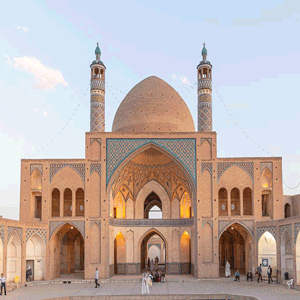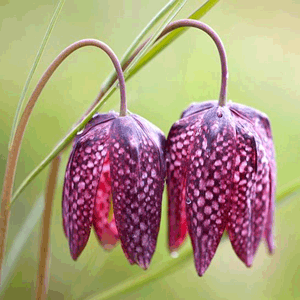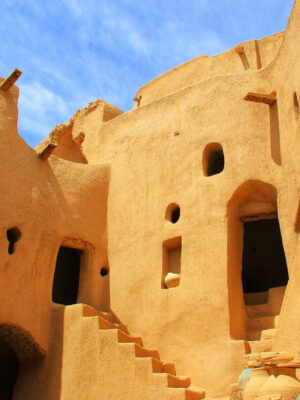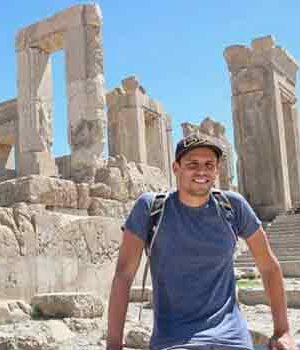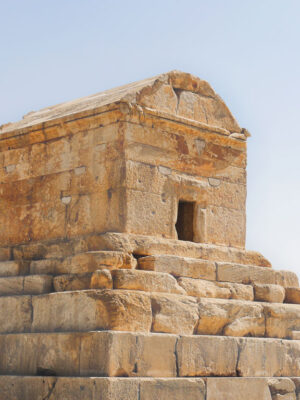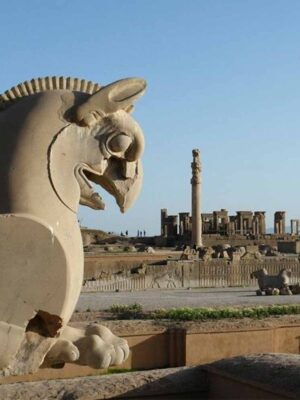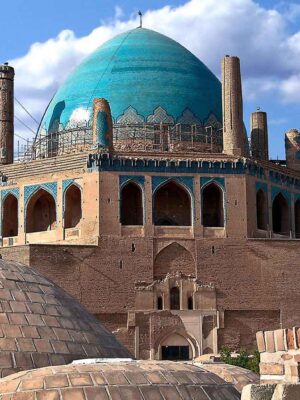Vakil Bazaar
Visiting the marvelous city Shiraz is indeed a joyful experience. But such joy would reach satisfaction if only you consider wandering through the spice-scented maze of Vakil Bazaar. Bearing in mind that this place is not just a grand market, roaming inside provides you an unforgettable insight into the very heart of the city: As you wander around the exquisite alleys of the bazaar, they reveal to you the poetic communion of arts, crafts, commerce, and astonishingly friendly people who kept the city alive throughout history.
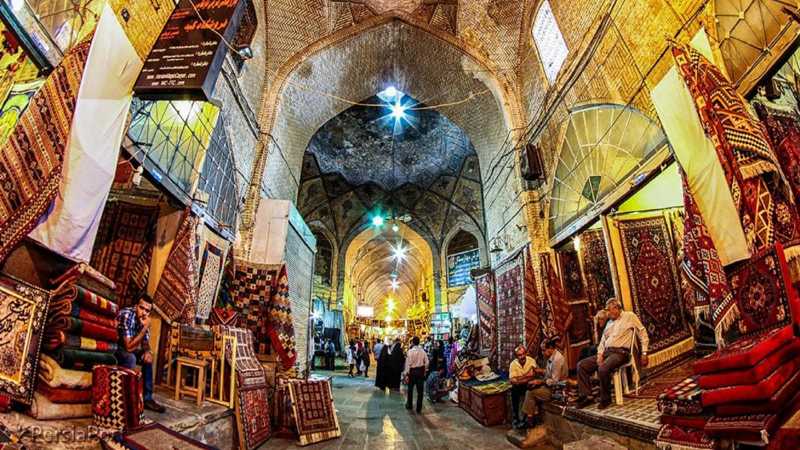
Inside View of Vakil Bazaar
Above all, you don’t feel like a stranger in this establishment. As you search around for the perfect souvenir, the bazaar concept incorporates you as a defining component of itself. Along with hundreds of locals that are shopping and working in the bazaar, you become part of it.
History and Architecture of Vakil Bazaar
Karim Khan Zand took control of Iran in the 18th century. He refused to take the title of “Shah” and chose the title “Vakil e-Ra’aayaa” (Representative of the People). Later on, he selected Shiraz as the new capital city of Iran. Karim Khan Zand, inspired by Laar Bazar made by Shah Abbas of the Safavid dynasty, commissioned an extensive renovation of the Shiraz main urban bazaar. It took 19 years to carry out the desired renovation of the original bazaar (presumably built in the 11th century). After that, the bazaar was named after him, honoring his service.
Vakil Bazaar is essentially composed of 4 large halls (called Souk) forming a crux shape as inspired by Safvid’s bazaars. However, the halls in this bazaar are wider. The halls essentially consist of 74 rough brick arch ceilings with a height of 10 meters. Such height and design allow for adequate air circulation aided by wind catchers while providing heat insulation. Therefore, keeping the bazaar cool in summer and maintaining the heat in winter. The stores in this bazaar are constructed about a meter above the ground, over stone beddings to save the merchandise from soil dampening.
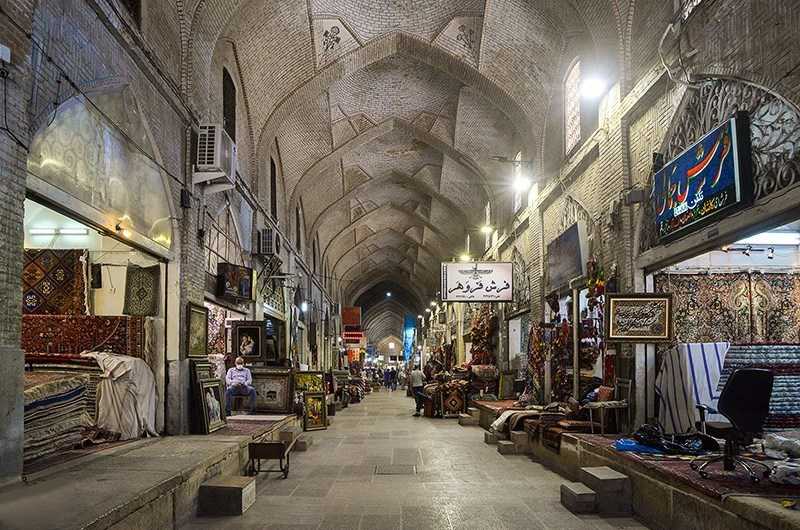
Rough Brick Arches of Vakil Bazaar
Organization
Like most Bazaars, each hall within the bazaar has a name that signifies a certain kind of trade. In this bazaar, the compartmentalization has become somewhat vague. Mostly due to the fact that original activities have lost their function and given their place to other businesses. for example, the sword making souk or quiver making souks (western and eastern halls) now specialize in trading rugs and spices. The northern and southern halls are less compartmentalized and are active in a myriad of trades from jewelry to glassworks, copperworks, tapestry, or mundane commodities such as kitchenware. Similarly, the center of the crux called Chahar Souk, which used to act as a place for coordination between different markets, has lost its function and now houses regular stores.
Adjacent Establishments
Vakil Bazaar is built along with several courtyards, a mosque, and a bathhouse. The courtyards, resemble the beautiful design of their counterparts in Shah Cheragh Shrine. They reflect the same modest beauty which is the hallmark of Shiraz culture. Yet, the atmosphere of these courtyards is somewhat more friendly and more relaxed. They offer a nice view for a picture and you can get some coffee, other refreshments, or even a meal while enjoying some local music before getting along with your visit.
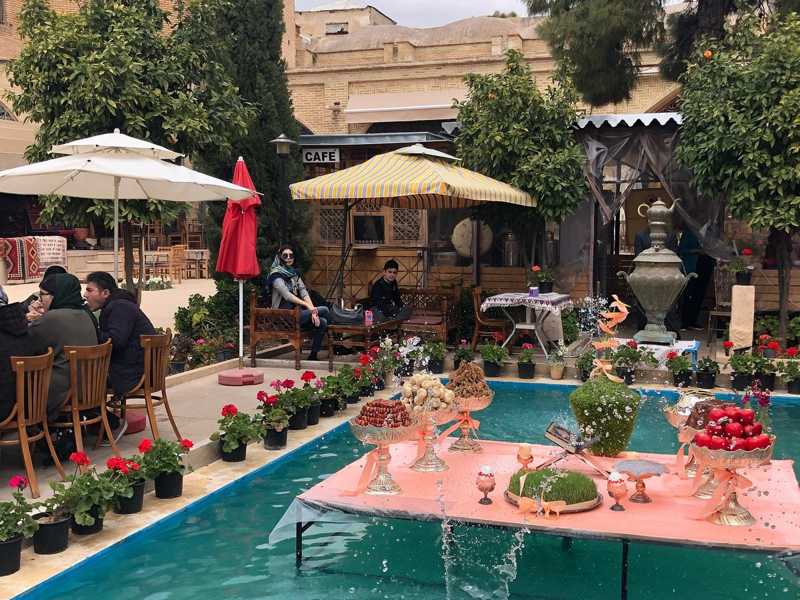
A Courtyard of Vakil Bazaar During Nowruz Holiday
Vakil Mosque
Every major bazaar in Iran has a mosque in its vicinity. The main purpose of such a mosque is to function as a house of worship for the daily prayers of merchants and their clients. In addition, it signifies religious protection over the business while providing the merchant community with moral guidance and overwatch. Vakil mosque used to serve the same purpose. However, its modern significance is more due to its splendid architecture as well as its magnificent murals.
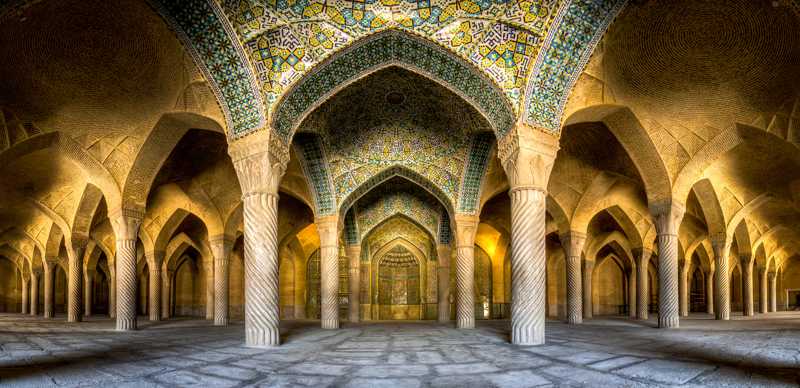
Vakil Mosque – Panorama View of Prayer Hall
Vakil Bathhouse
Similar to Tabriz Bazaar, Vakil Bazaar comprises a bathhouse. The building now serves as an anthropological museum with wax statues displaying the bathing habits of the people. Nevertheless, the ingenious architecture of this public bath, especially the craftmanship in the heating and insulation designs remains a source of wonder. Similarly, the beautiful lime plastering on the walls enchants a tasteful visitor. These gorgeous murals depict religious stories, costumes, and even popular dreams and fiction of the era.
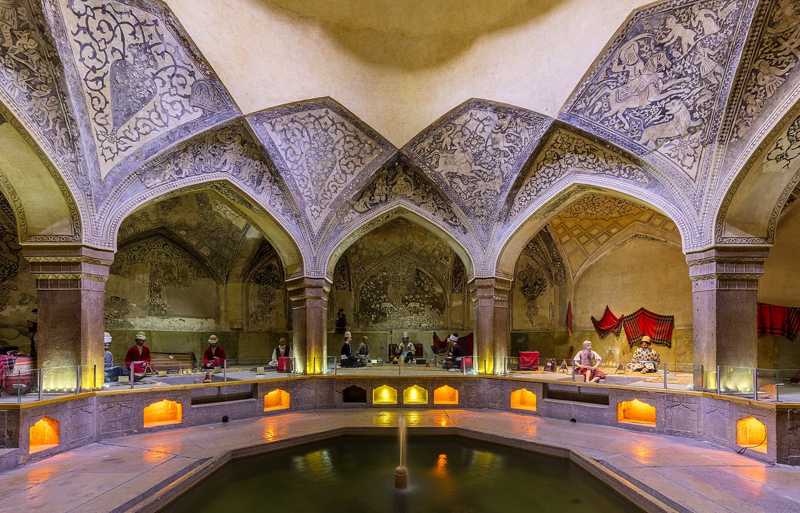
Vakil Bathhouse – The Sarbineh (Changing Room or Vestibule) of The Bath
Visiting Vakil Bazaar
Thanks to the amiable culture of Shiraz an individual could spend hours touring the bazaar without needing any assistance. Shopkeepers are mostly able to manage a simple conversation in English and are quite fair in their trade. Yet, a professional guide could point out details about the site that an individual visitor might easily overlook and help you manage the timing of your visit. in short, professional assistance would make your visit a richer experience. For reservations and more information about our tours, please contact us at Pasargad Tours.
Vakil Bazaar
Visiting the marvelous city Shiraz is indeed a joyful experience. But such joy would reach satisfaction if only you consider wandering through the spice-scented maze of Vakil Bazaar. Bearing in mind that this place is not just a grand market, roaming inside provides you an unforgettable insight into the very heart of the city: As you wander around the exquisite alleys of the bazaar, they reveal to you the poetic communion of arts, crafts, commerce, and astonishingly friendly people who kept the city alive throughout history.

Inside View of Vakil Bazaar
Above all, you don’t feel like a stranger in this establishment. As you search around for the perfect souvenir, the bazaar concept incorporates you as a defining component of itself. Along with hundreds of locals that are shopping and working in the bazaar, you become part of it.
History and Architecture of Vakil Bazaar
Karim Khan Zand took control of Iran in the 18th century. He refused to take the title of “Shah” and chose the title “Vakil e-Ra’aayaa” (Representative of the People). Later on, he selected Shiraz as the new capital city of Iran. Karim Khan Zand, inspired by Laar Bazar made by Shah Abbas of the Safavid dynasty, commissioned an extensive renovation of the Shiraz main urban bazaar. It took 19 years to carry out the desired renovation of the original bazaar (presumably built in the 11th century). After that, the bazaar was named after him, honoring his service.
Vakil Bazaar is essentially composed of 4 large halls (called Souk) forming a crux shape as inspired by Safvid’s bazaars. However, the halls in this bazaar are wider. The halls essentially consist of 74 rough brick arch ceilings with a height of 10 meters. Such height and design allow for adequate air circulation aided by wind catchers while providing heat insulation. Therefore, keeping the bazaar cool in summer and maintaining the heat in winter. The stores in this bazaar are constructed about a meter above the ground, over stone beddings to save the merchandise from soil dampening.

Rough Brick Arches of Vakil Bazaar
Organization
Like most Bazaars, each hall within the bazaar has a name that signifies a certain kind of trade. In this bazaar, the compartmentalization has become somewhat vague. Mostly due to the fact that original activities have lost their function and given their place to other businesses. for example, the sword making souk or quiver making souks (western and eastern halls) now specialize in trading rugs and spices. The northern and southern halls are less compartmentalized and are active in a myriad of trades from jewelry to glassworks, copperworks, tapestry, or mundane commodities such as kitchenware. Similarly, the center of the crux called Chahar Souk, which used to act as a place for coordination between different markets, has lost its function and now houses regular stores.
Adjacent Establishments
Vakil Bazaar is built along with several courtyards, a mosque, and a bathhouse. The courtyards, resemble the beautiful design of their counterparts in Shah Cheragh Shrine. They reflect the same modest beauty which is the hallmark of Shiraz culture. Yet, the atmosphere of these courtyards is somewhat more friendly and more relaxed. They offer a nice view for a picture and you can get some coffee, other refreshments, or even a meal while enjoying some local music before getting along with your visit.

A Courtyard of Vakil Bazaar During Nowruz Holiday
Vakil Mosque
Every major bazaar in Iran has a mosque in its vicinity. The main purpose of such a mosque is to function as a house of worship for the daily prayers of merchants and their clients. In addition, it signifies religious protection over the business while providing the merchant community with moral guidance and overwatch. Vakil mosque used to serve the same purpose. However, its modern significance is more due to its splendid architecture as well as its magnificent murals.

Vakil Mosque – Panorama View of Prayer Hall
Vakil Bathhouse
Similar to Tabriz Bazaar, Vakil Bazaar comprises a bathhouse. The building now serves as an anthropological museum with wax statues displaying the bathing habits of the people. Nevertheless, the ingenious architecture of this public bath, especially the craftmanship in the heating and insulation designs remains a source of wonder. Similarly, the beautiful lime plastering on the walls enchants a tasteful visitor. These gorgeous murals depict religious stories, costumes, and even popular dreams and fiction of the era.

Vakil Bathhouse – The Sarbineh (Changing Room or Vestibule) of The Bath
Visiting Vakil Bazaar
Thanks to the amiable culture of Shiraz an individual could spend hours touring the bazaar without needing any assistance. Shopkeepers are mostly able to manage a simple conversation in English and are quite fair in their trade. Yet, a professional guide could point out details about the site that an individual visitor might easily overlook and help you manage the timing of your visit. in short, professional assistance would make your visit a richer experience. For reservations and more information about our tours, please contact us at Pasargad Tours.






